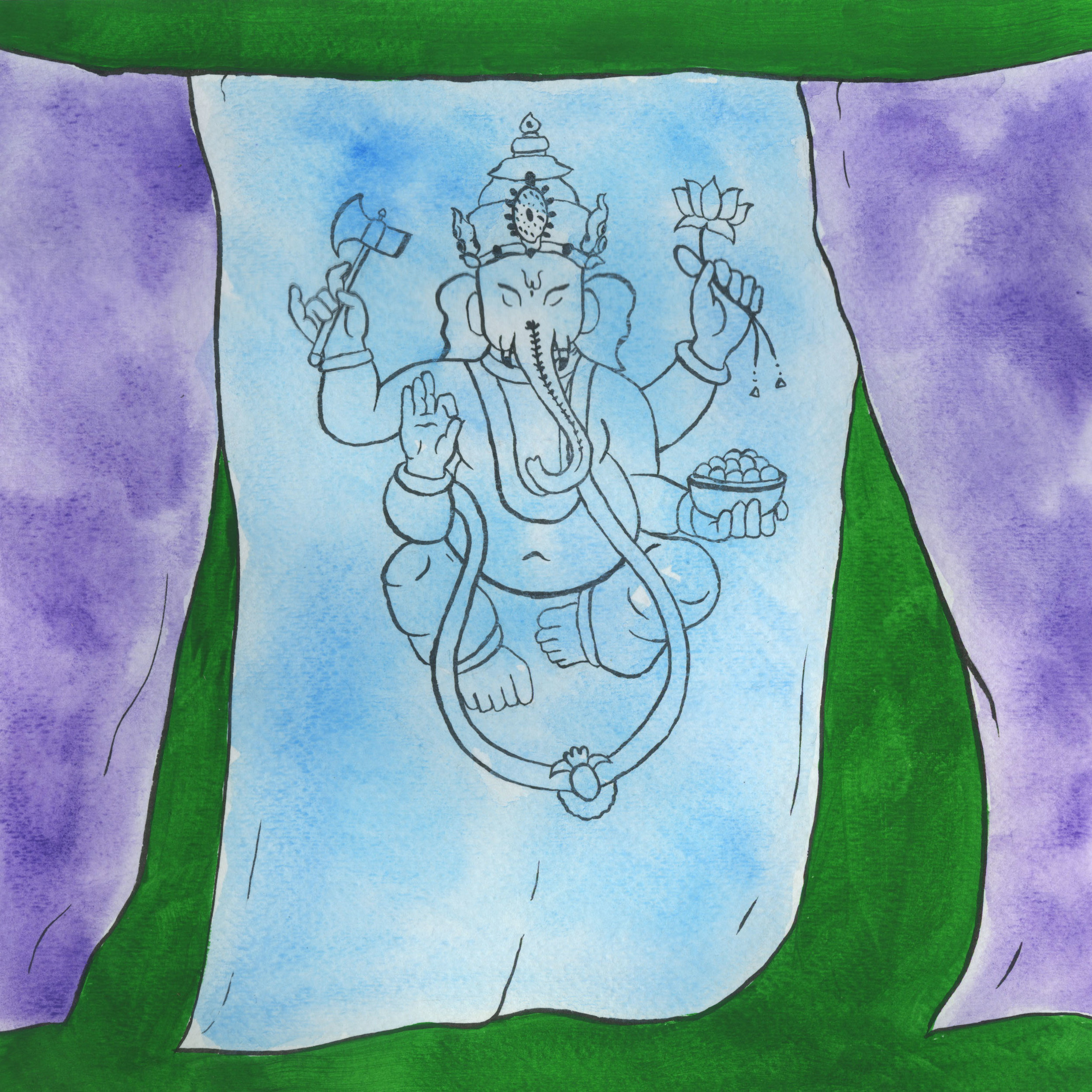Let’s Get High and Appropriate Cultures!
by Swetha Amaresan
Every year, I pop by Hempfest in the Boston Common. This year, I went merely to observe. Typically, I stop by with friends to lounge around on the grass and light up a joint. I was never invested in the booths. Rather, I went for the experience.
This year, I was diagnosed with vocal nodules. As a result of overuse or misuse of the voice -- which is common in singers -- nodules cause callus-like masses of tissue to form on the vocal chords that create hoarseness, pain when speaking or singing, and loss of vocal range. For the sake of my vocal health, I’ve quit smoking. For the first time ever, I window-shopped the festival with my non-smoker best friend Katie. I made some eye-opening conclusions, on account of being completely sober.
We were walking down a dirt path when I heard a familiar tune. To my disbelief, I saw two Indian-appearing individuals playing classical Indian music. One was playing a mridangam, an Indian drum, while the other was playing a portable harmonium, an Indian instrument used to accompany religious chants. The musicians were playing and singing a popular bhajan, a free-form, Indian, devotional song that is often sung in large groups in the local language. I had heard it performed several times at bhajan circles at my grandparents’ house in Chennai, India. Once a week, all their friends and family would meet up to join voices and recite bhajans while my grandfather accompanied on the harmonium.
My immediate reaction was to take offense on behalf of my family and culture. This song, sung in honor of Hindu gods, was being sung at a festival for weed, filled with white Americans. It felt like a betrayal of my heritage.
art by Pixie Kolesa
I started noticing more signs of Hindu appropriation. There were tapestries featuring the Hindu god Ganesha, the destroyer of obstacles, as well as Om, a sacred symbol and sound that represents the concrete and abstract aspects of God. I found a booth selling pendants featuring many Hindu gods and goddesses, such as Lakshmi, the goddess of wealth and prosperity.
My blood pressure was rising. Why were people treating my religion like it was some joke? Did they think it was “cool” to be smoking a bowl while wearing a t-shirt featuring a Hindu god? Did they even understand that these weren’t just colorful animals and exotic symbols, but important pieces of my minority religion?
How many people I know have purchased these items? How many white Emerson stoners were hanging up Hindu tapestries, lining their window sills with Hindu statues alongside their spiritual crystals, and playing sacred Hindu tracks while getting high?
Marijuana isn’t totally unheard of in India. It’s said that Shiva -- one of the gods in the Hindu trinity -- was actually known for smoking marijuana before meditating to help him focus and calm his mind. Thus, many of his devotees follow suit in smoking marijuana to forget the world and focus solely on Shiva.
While marijuana is an important part of Hindu followers of Shiva, it is done with the holiest of intentions: to clear the mind of irrelevant fantasies and sinful thoughts and connect with Shiva. These devotees have a deep love and understanding of the Hindu religion and use marijuana as a means to reach a greater spiritual state.
On the other hand, when a non-Hindu, white person uses Hindu artifacts and traditions while getting high, it’s not because they want to develop a deeper connection with one of our gods. It’s because they relate India with being spiritual, edgy, and mysterious. It’s a foreign nation, so naturally, India is considered “exotic” and elements of Indian culture are exotic, too.
This is how cultural appropriation starts. Americans think Chinese characters look sexy, so they get “love” written on their forearms in Mandarin, even though they’ve never tried to learn a word of the language. Similarly, they find Hinduism to be enticing, but, rather than educating themselves about the religion, they simply claim aspects of it to be their own.
The problem is ignorance: the complete disregard for another culture and religion. What’s worse is that people don’t even realize they’re appropriating another culture. They don’t know those are ideas, beliefs, symbols, and traditions of another religion. That’s the part that scares me.
When did we end up in a world where people are so self-involved that they don’t recognize the rich and powerful history that exists in cultures beyond themselves.
For a lot of people, smoking marijuana is like being on a spiritual journey. Many artists smoke because they feel getting high makes their creative juices flow. I, myself, understand how powerful conversations can become when under the influence. You feel a stronger sense of self, a deeper connection to the people around you, and an ability to make conclusions about abstract ideas. In this sense, smoking for a stoner can feel like praying for a religious devotee. You believe in a force that’s greater than us all.
However, as spiritual as marijuana can feel, weed merchandise isn’t religious. Seeing a plastic bong with a Celtics logo being sold to the background track of a Hindu bhajan is as insulting as bringing that bong inside a cathedral, temple, or synagogue and taking a rip.
Where do we draw the line? We know there are certain times in our lives that it’s inappropriate to smoke weed: weddings, funerals, major religious ceremonies. But what about the less obvious times?
I think that’s for minority cultures to decide. We’re the ones who, time and time again, have been oppressed, colonized, and discriminated against. We’ve been made to feel small, irrelevant, and invisible. No more. You may find no fault in the duo of weed merchandise and Hinduism, but I do.



